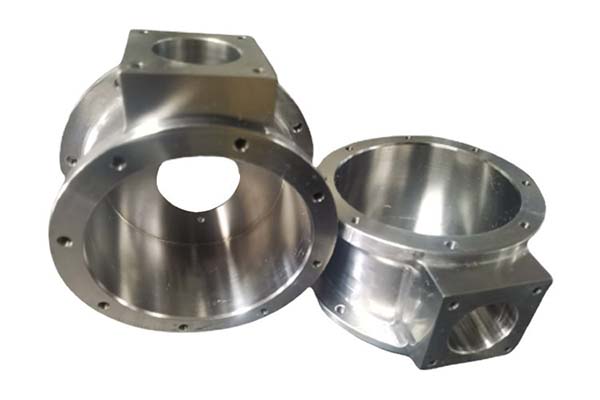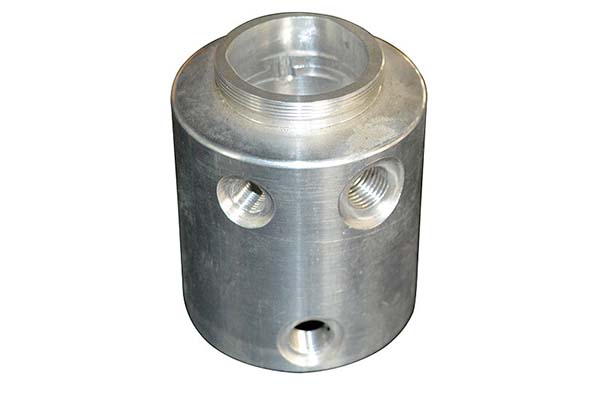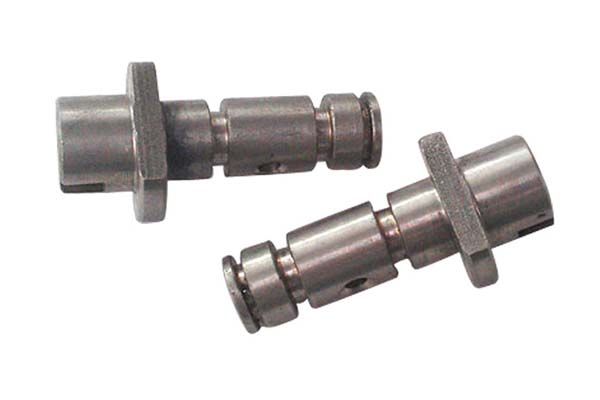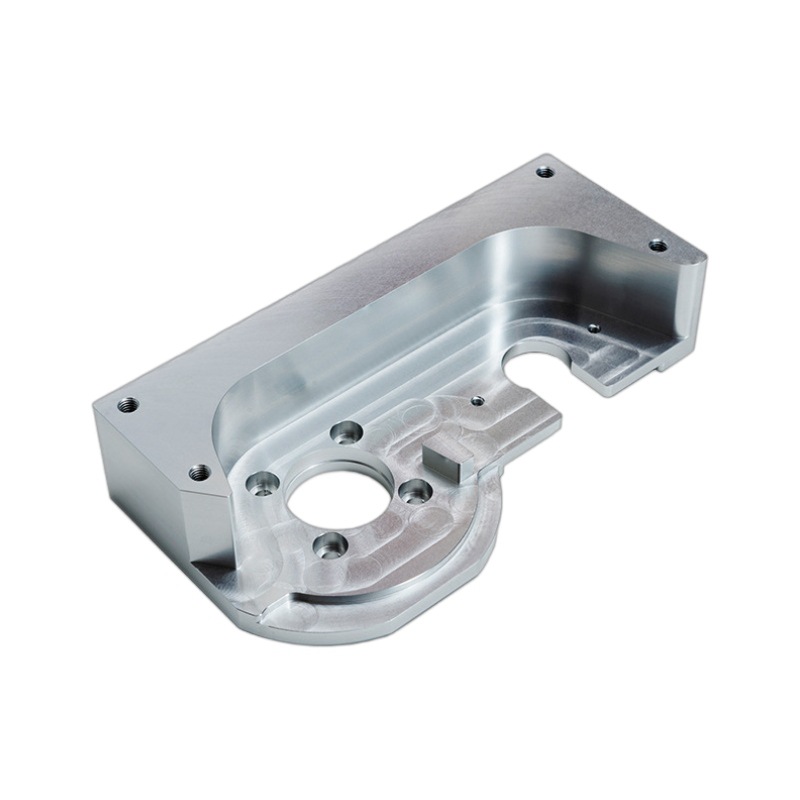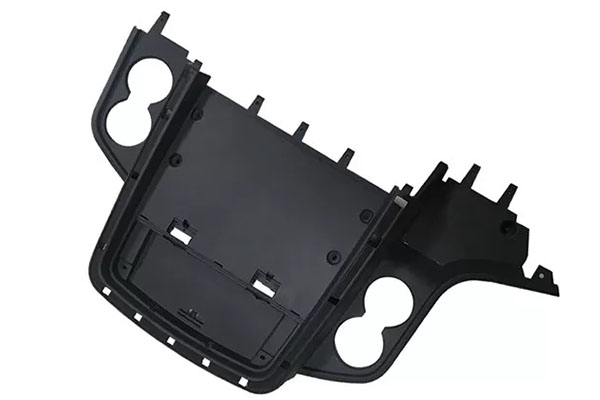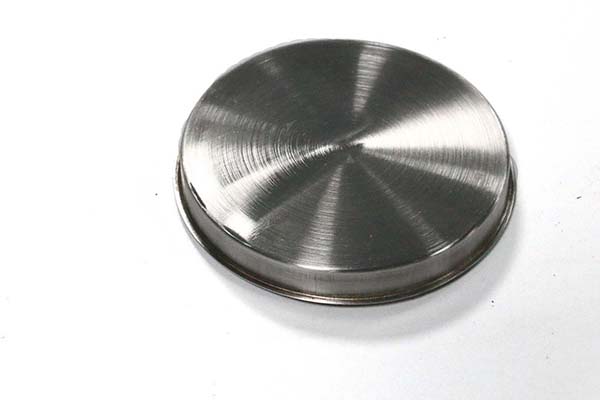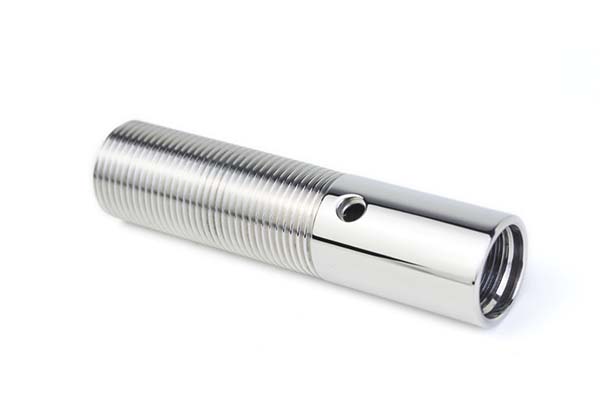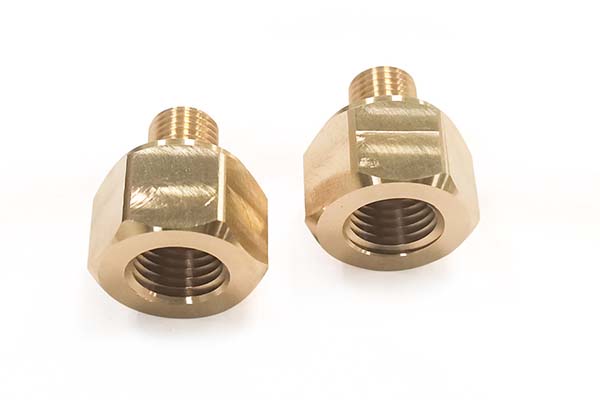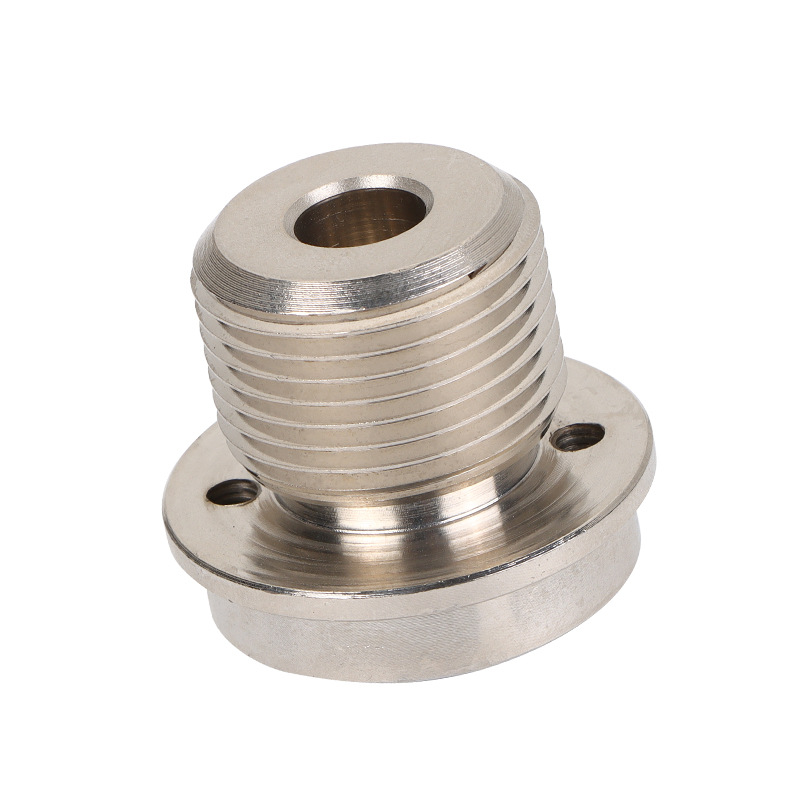45# steel is one of the most widely used medium-carbon steels in manufacturing, valued for its balance of strength, machinability, and affordability, but optimizing its machining presents unique challenges. Manufacturers often struggle with achieving consistent surface finish due to its tendency to form built-up edge (BUE) during high-speed cutting, while improper heat treatment can lead to inconsistent hardness, affecting part performance. Additionally, selecting the right cutting tools and parameters is critical to balance material removal rates and tool life, especially when transitioning from roughing to finishing operations. This guide addresses these pain points, providing actionable strategies to optimize CNC machining 45# Steel for efficiency, precision, and reliability across diverse industrial applications.
Material Characteristics & Selection
45# steel is a medium-carbon steel prized for its versatility and cost-effectiveness:
- 45# steel composition: Contains 0.42-0.50% carbon (with a typical carbon content 0.45%), 0.50-0.80% manganese, ≤0.035% phosphorus, ≤0.035% sulfur, and the remainder iron. This carbon content balances strength and machinability, making it suitable for both structural and mechanical components.
- 45# steel properties:
- Tensile strength 45 steel: 600-700 MPa (87,000-101,500 psi) in the normalized condition, increasing to 900-1000 MPa after quenching and tempering.
- Hardness range 45#: 197-241 HB in the normalized state, capable of reaching 40-45 HRC after heat treatment, providing good wear resistance for moving parts.
- Machinability rating 45 steel: Rated at 70% compared to 1215 free-machining steel (100%), making it easier to machine than high-carbon steels but requiring more care than low-carbon grades like 1018.
- Weldability 45#: Moderate—preheating to 150-250°C is recommended to prevent cracking, especially for thick sections. Post-weld annealing at 600-650°C reduces residual stresses.
- Forging vs bar stock 45#: Forged 45# steel offers improved grain structure and strength, ideal for high-stress components like crankshafts, while bar stock is cost-effective for simpler parts like shafts and bolts, with better dimensional consistency for machining.
These characteristics make 45# steel suitable for a wide range of applications, from automotive parts to industrial machinery components.
CNC Machining Parameters & Techniques
Optimal Parameters for 45# Steel
- Cutting speed 45 steel:
- Milling: 100-150 m/min with carbide tools; 60-90 m/min with high-speed steel (HSS) tools.
- Turning: 120-180 m/min for roughing (carbide); 80-120 m/min for finishing to improve surface quality.
- Feed rate 45#:
- Milling: 0.10-0.20 mm/tooth for carbide endmills; 0.05-0.15 mm/tooth for HSS tools.
- Turning: 0.15-0.30 mm/rev for roughing; 0.08-0.15 mm/rev for finishing to reduce surface roughness.
- Depth of cut optimization: 2-5 mm for roughing to maximize material removal; 0.5-1 mm for finishing to achieve tight tolerances (±0.01 mm).
- Carbide vs HSS inserts 45 steel: Carbide inserts (e.g., grade ISO P30) are preferred for high-volume production, lasting 5-10× longer than HSS inserts. HSS tools are cost-effective for low-volume runs or simple geometries.
- Coolant selection 45#: Soluble oil (5-10% concentration) is standard, reducing friction and preventing BUE. High-pressure coolant (30-50 bar) improves chip evacuation in deep cuts, extending tool life by 20-30%.
- Chip control 45 steel: Use inserts with positive rake angles and chip breakers to produce short, manageable chips, preventing 缠绕 (entanglement) around the tool or workpiece.
Heat Treatment & Post-Machining
Processes for Enhanced Performance
- Quench and temper 45 steel: Heat to 820-860°C, hold 30-60 minutes, quench in water or oil, then temper at 500-650°C. This achieves hardness of 25-45 HRC, balancing strength and toughness—40-45 HRC for wear-resistant parts like gears; 25-30 HRC for high-toughness components like shafts.
- Induction hardening 45#: Localized hardening of surfaces (e.g., bearing journals) to 50-55 HRC while keeping cores tough (25-30 HRC), ideal for parts requiring wear resistance only on contact surfaces.
- Normalizing before machining: Heat to 850-900°C, air cool to refine grain structure, reducing machining inconsistencies. Recommended for forged parts to ensure uniform machinability.
- Stress relieving 45 steel: Heat to 600-650°C, hold 1-2 hours, slow cool to reduce residual stresses from machining or welding, preventing distortion in precision parts.
- Hardness after tempering 45#: Depends on tempering temperature—500°C yields 40 HRC; 650°C reduces to 25 HRC, with corresponding changes in tensile strength.
Tooling & Cutting Tool Selection
Choosing the Right Tools for 45# Steel
- Coated carbide inserts 45 steel: TiN (titanium nitride) coatings reduce friction and extend tool life by 30-40% compared to uncoated carbide. TiAlN coatings perform better at higher speeds (>150 m/min), resisting oxidation at elevated temperatures.
- CVD vs PVD coating 45#: CVD coatings (thicker, 5-15 μm) offer better wear resistance for roughing, while PVD coatings (thinner, 2-5 μm) provide sharper cutting edges, improving surface finish in finishing operations.
- Tool geometry for medium-carbon steel: Positive rake angles (5-10°) reduce cutting forces, minimizing tool deflection and improving surface finish. Clearance angles of 7-10° prevent rubbing between tool and workpiece.
- Insert grade recommendations 45#: ISO P30-P40 grades for general machining; ISO P20 for high-speed finishing to achieve Ra 1.6 μm or better.
- Toolholder rigidity medium steel: Shrink-fit or hydraulic toolholders minimize runout (≤0.01 mm), critical for maintaining consistent cutting parameters and preventing chatter.
Surface Finish & Grinding
Achieving Desired Surface Quality
- Surface roughness 45 steel: Carbide tools achieve Ra 1.6-3.2 μm in roughing; Ra 0.8-1.6 μm in finishing with optimized feeds and speeds. HSS tools typically produce Ra 3.2-6.3 μm, requiring additional grinding for finer finishes.
- Grinding after hardening 45#: Necessary for parts requiring Ra ≤0.8 μm (e.g., bearing seats), using aluminum oxide wheels with grit sizes 80-120 for efficient material removal and 180-240 for fine finishes.
- Ra target CNC turning 45#: Ra 1.6 μm for general mechanical parts; Ra 0.8 μm for sealing surfaces or bearing fits.
- Chatter marks prevention 45#: Ensure machine rigidity, reduce tool overhang, and use variable helix endmills to dampen vibrations. Lowering feed rate by 10-15% can eliminate chatter in critical areas.
- Polishing 45 steel parts: Follows grinding for decorative or high-precision applications, using 1200-2000 grit sandpaper to achieve Ra ≤0.025 μm, though this adds production time and cost.
Applications & Case Studies
45# steel is widely used across industries for its balanced properties:
- 45 steel shafts CNC: Common in machinery, with turned and ground surfaces to achieve tight tolerances (±0.005 mm) for bearing fits. A case study showed CNC-machined 45# steel shafts lasting 3× longer than 1018 steel shafts in a conveyor system.
- 45# gears machining: Heat-treated to 35-40 HRC, offering good wear resistance and machinability. Hobbing followed by shaving achieves precise tooth profiles, with CNC grinding for high-precision gears.
- Hydraulic cylinder rods 45 steel: Hard chrome-plated after machining, providing corrosion resistance and a smooth surface (Ra 0.4 μm) for seal compatibility. CNC turning with fine feeds ensures uniform plating thickness.
- Automotive crankshafts 45#: Forged 45# steel with CNC turning and milling operations, heat-treated to 30-35 HRC for toughness. A case study in a mid-size car engine showed 45# steel crankshafts meeting durability requirements at 60% of the cost of alloy steel alternatives.
- Mold bases 45 steel case study: CNC machined mold bases for plastic injection molding, leveraging 45# steel’s good machinability and dimensional stability. Post-machining stress relieving reduced mold warpage by 40% compared to non-treated bases.
Yigu Technology’s Perspective
At Yigu Technology, we specialize in CNC machining 45# Steel for automotive, machinery, and hydraulic applications. Our data shows coated carbide inserts (TiAlN) reduce tool wear by 35% compared to uncoated tools when machining 45# steel at 120-150 m/min. We optimize feed rates (0.15-0.20 mm/rev) for roughing and (0.08-0.12 mm/rev) for finishing to balance efficiency and surface quality. For heat treatment, we recommend quench and temper for parts requiring hardness, with induction hardening for localized wear resistance. Our 5-axis machining centers achieve ±0.005 mm tolerances, critical for precision components like hydraulic valve bodies. We guide clients on material selection, emphasizing 45# steel as a cost-effective alternative to alloy steels for non-critical high-stress applications. With ISO 9001 certification, we deliver 45# steel parts that balance performance, precision, and affordability.
FAQ
- What makes 45# steel a popular choice for mechanical components?
45# steel offers an ideal balance of tensile strength (600-700 MPa normalized), machinability rating (70%), and affordability, making it suitable for shafts, gears, and structural parts. Its ability to be heat-treated to 40-45 HRC adds versatility, allowing customization for wear resistance or toughness.
- What are the optimal CNC machining parameters for 45# steel?
Use cutting speeds of 120-180 m/min (carbide) for turning and 100-150 m/min for milling, with feed rates of 0.15-0.30 mm/rev (roughing) and 0.08-0.15 mm/rev (finishing). Depth of cut should be 2-5 mm for roughing and 0.5-1 mm for finishing, with soluble oil coolant to prevent BUE.
- How does heat treatment affect 45# steel’s machinability?
Annealed 45# steel (197-241 HB) has the best machinability, while quench and temper increases hardness (30-45 HRC), reducing machinability. We recommend machining 45# steel in the annealed state when possible, with finishing operations after heat treatment for tight tolerances.
